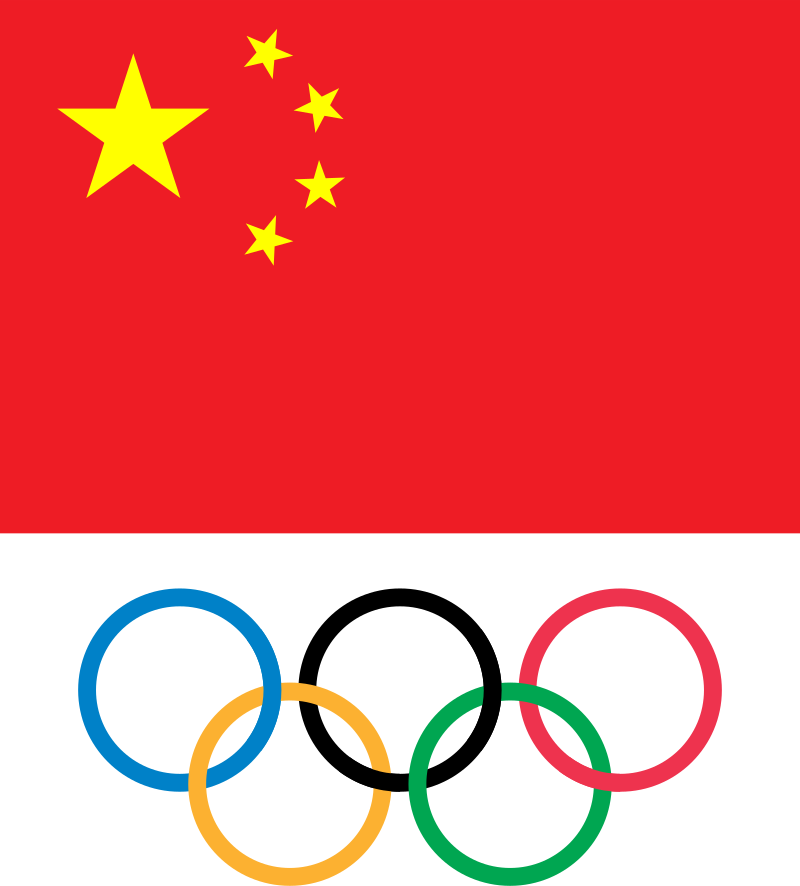November 26, 1979, witnessed a momentous event in history as the International Olympic Committee (IOC) formally reinstated the People’s Republic of China into the Olympic Games, ending a 21-year absence. This decision, a watershed moment, not only closed a chapter that began with China’s withdrawal from the Olympics in 1958 over Taiwan’s representation but also signified a significant shift in global relations and a renewed dedication to international sports. This reinstatement echoes the past and shapes the future of the Olympic movement.
Fun Facts:
- The backdrop: China left the Olympics in 1958 over a dispute with the IOC, which recognized the Republic of China (Taiwan) as the official Chinese representative. China insisted that Taiwan not be recognized as a separate country, leading to their Olympic withdrawal.
- Resolution: In 1979, the IOC reached a compromise allowing China to compete as the “People’s Republic of China,” a name that reflects its political system, while Taiwan participated as “Chinese Taipei” under a separate flag. This compromise was a significant step towards resolving the long-standing political dispute and allowed both entities to participate in the Olympics.
- Return to the Games: China’s first Olympic appearance after readmission was in the 1980 Winter Olympics in Lake Placid, New York, and its first Summer Olympics were in 1984 in Los Angeles. China’s return also symbolized a new era of global openness following years of isolation, mainly due to its internal political situation and the Cold War dynamics.
- Rise to Dominance: China quickly emerged as an Olympic powerhouse. By the 2008 Beijing Olympics, China topped the medal chart with 100 total medals, including 48 golds. The Games became a platform for China to showcase its athletic talent and growing global influence, as its success in the Olympics reflected its overall national strength and competitiveness.

